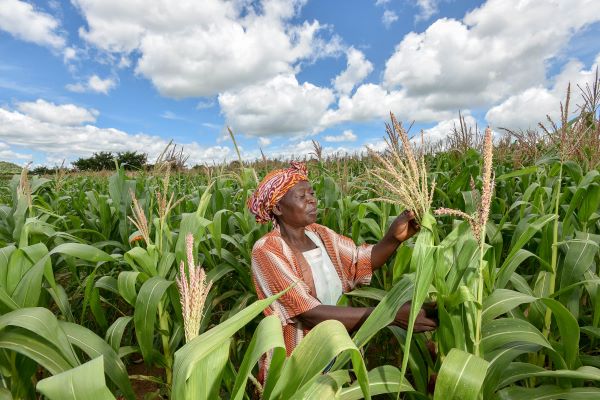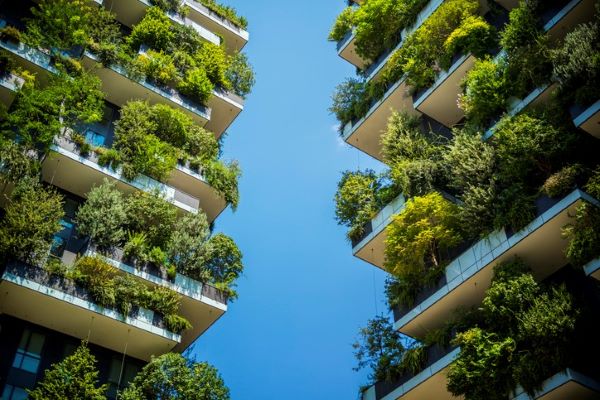How Can We Support Fisheries During the Pandemic?
We must aim to support businesses, incomes, and food security while creating a more sustainable future for fisheries.
The COVID-19 pandemic has forced previously unimaginable changes in economic activity and lifestyles around the world. In an effort to slow the spread of the virus, many governments have ordered businesses—including food processing factories and restaurants—to suspend operations.
While this protects people’s health, it can also make access to income and food more precarious. The impacts of the pandemic on agriculture and fisheries sectors, key sources of nutrition and employment, are now becoming a focus for many governments.
The challenge for policy-makers is to provide the most effective support possible to preserve businesses, incomes, and food security while creating a path toward more sustainable fishing in the future. As others have already pointed out, government responses to the crisis could be harmful to the health of fish stocks and those who depend on them, so choosing our next steps wisely will be of utmost importance.
Support that helps capital markets function will provide the greatest bang for government buck: this can bring real benefits to fishers without having a negative impact on fishing effort or capacity.
What are the options? The Food and Agriculture Organization of the United Nations has just released a useful policy brief describing ways in which governments can support the fishing and aquaculture sectors during the pandemic. Modelling by the Organisation for Economic Development and Co-operation has identified the relative impacts of different kinds of support measures, which could help governments choose how best to support the sector within their specific context.
In the current context of COVID-19, support measures should be designed to target a particular problem a country faces regarding its fisheries.
Choose cash over fuel
Subsidies for fuel are one of the most common forms of support to fishers but also one of the most problematic, as they often benefit those selling fuel more than fishers themselves; if fishing levels aren’t well-controlled, cheaper fuel can lead to excessive fishing, depleted stocks, and reduced catch.
Instead, the focus should be on assistance that helps capital markets to function, such as bank lending, along with support that focuses on fishers’ incomes, such as unemployment relief. These measures provide the greatest bang for government buck: they can bring real benefits to fishers without having a negative impact on fishing effort or capacity, or on marine resources.
What if the problem is a lack of demand?
Some fishers in developed economies, where the restaurant trade represented the bulk of the market, are seeing demand for fresh fish evaporate and prices plummet. While to some extent this has been balanced out by increased purchases of fish in supermarkets, prices often remain low. In this scenario, support that encourages more fishing can be doubly harmful, increasing catch beyond sustainable levels without any market for the fish to begin with. A better option here would focus on temporary support for fishers’ incomes until demand revives and value chains readjust.
What if the problem is a lack of supply?
The pandemic could affect the global supply of fish, raising its price and making it less accessible to many consumers; this could occur as a result of disruptions along the value chain, from transport to processing to retail.
In India, the absence of fish workers and basic supplies to support storage and transport, such as ice, has generated significant challenges, with some forced to throw their catch away. On the other hand, there have been small-scale fishers in Kenya seeing prices for their catch rise as imports of frozen fish have dropped.
If the challenge is meeting a supply-side shock that has raised the price of fish, a policy intervention might be most useful if it targets not the fishing sector per se but the incomes of vulnerable groups who might not be able to afford to eat fish.
Act together
For businesses that depend directly on natural resources, such as fishing, the sustainability of these resources is key to surviving. But the nature of fisheries as a shared resource means that governments’ decisions will be influenced by how others respond. The temptation to reach for interventions such as fuel subsidies, which can quickly facilitate more fishing, could push other governments with competing fleets to do the same in order to “keep up.”
In the context of the current pandemic, collective agreement on how government support should be shaped to support both economic recovery and a sustainable future for the fishing industry becomes even more important.
Governments have the chance to reach this agreement at the World Trade Organization by the end of this year. This agreement needs to set out rules that will help fishing to be sustainable in the long term. It is an immediate opportunity to ensure fisheries, and the communities that depend on them, not only recover from this crisis but are better prepared for what lies ahead.









